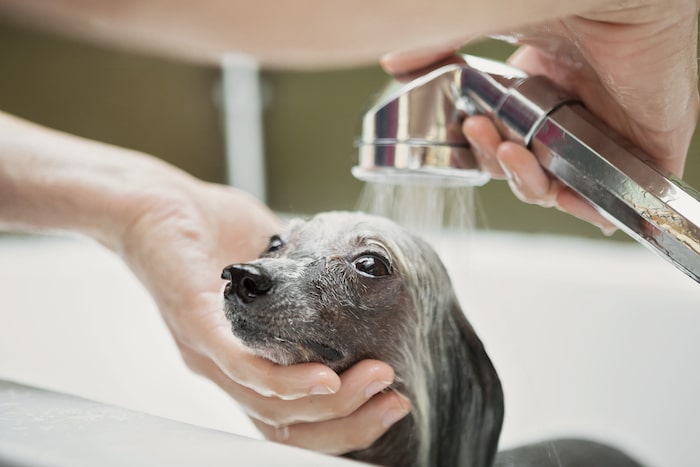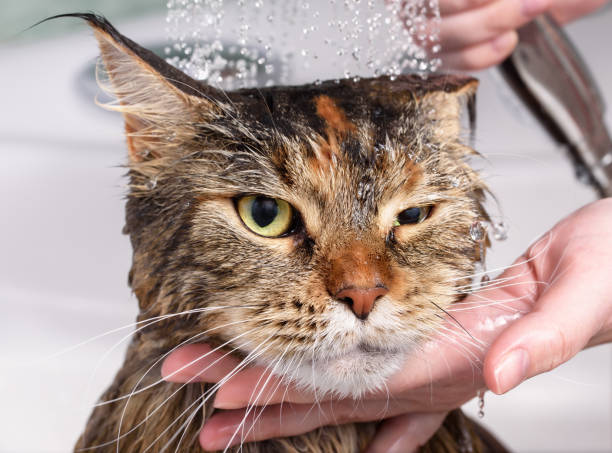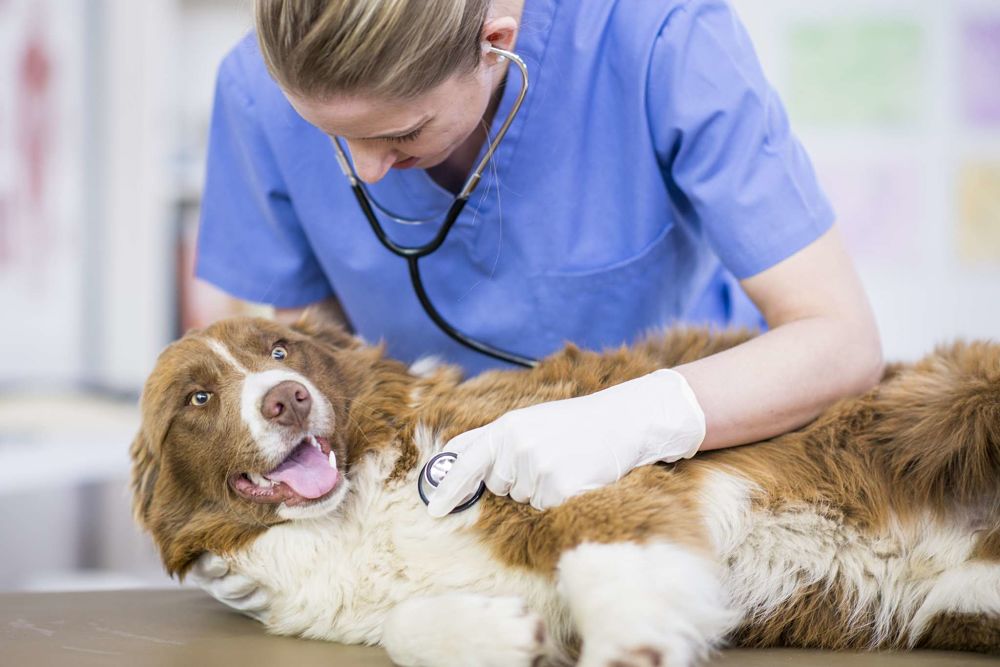
What to Do If You Need Help With Vet Bills
by Amy Smith - 8/28/19
Many pet owners feel such strong affection and attachment toward their animal friends that they will do anything necessary to prevent or alleviate illness and suffering. Unfortunately, sometimes the necessary veterinarian care can be out of a pet owner’s budget. What are some ways to get help with those vet bills so you can keep both your furry companion and your checkbook healthy?
Stop the Problem Before It Gets Started
If you’re already struggling with how to pay a vet bill or an expensive recommended procedure, skip this advice. But it’s true that the best way to get help with vet bills is to help yourself by preparing for them in advance. You can accomplish this with a simple monthly strategy. Once a month, when you plan your budget or pay your bills, set aside a small amount of money in a separate account or envelope of cash, just for your pet’s medical emergencies. Eventually every pet owner has one of these unforeseen events. Keeping a stash from Day One of pet ownership is the best way to ensure you are always able to provide your animal companion the care he needs.
Prevention First
We’ve all heard why we should prioritize prevention over treatment, and the same applies to your pet. In the long run, following a few key check-ups and steps to ensure that your pet is healthy will both save you money and prolong your pet’s lifespan (and increase the quality of her life). For example:
-
Make sure your pet is up-to-date on his vaccinations and parasite treatments. Keeping him on a vaccine schedule, for instance, will save you from having to pay for expensive and painful treatment options. Some hospitals offer wellness plans that include a package of routine care necessities like physical therapy, vaccines and blood work.
-
Make sure your home is safe for pets. Most people know that chocolate can be lethal to dogs, but there are many other plants that are toxic to your dog or cat. Many of these plants grow naturally around your home or even function as benign indoor plants. Be sure to monitor your pet for any signs of sickness and check the perimeter of your home for plants that may be the culprit.
Use a Payment Plan
Once you’ve decided on a vet and the right procedure for your pet, the cost may still be out of reach. Many vet clinics will accept a payment plan, especially if you have a history of prompt payment with the practice. A great option is Scratchpay, which provides a payment plan that can make the difference between getting your pet the cat he needs and having to make the difficult decision to withhold care or even euthanize a suffering animal. Scratchpay offers plans with no interest in the first 90 days, giving you the funds you need to keep your pet healthy while also giving you time to pay at your own pace.
Amy Smith is a writer, specializing in family and parenting topics. She teaches English, Latin, and music at a private school and lives with her husband and five children on a small homestead in rural Pennsylvania.
References


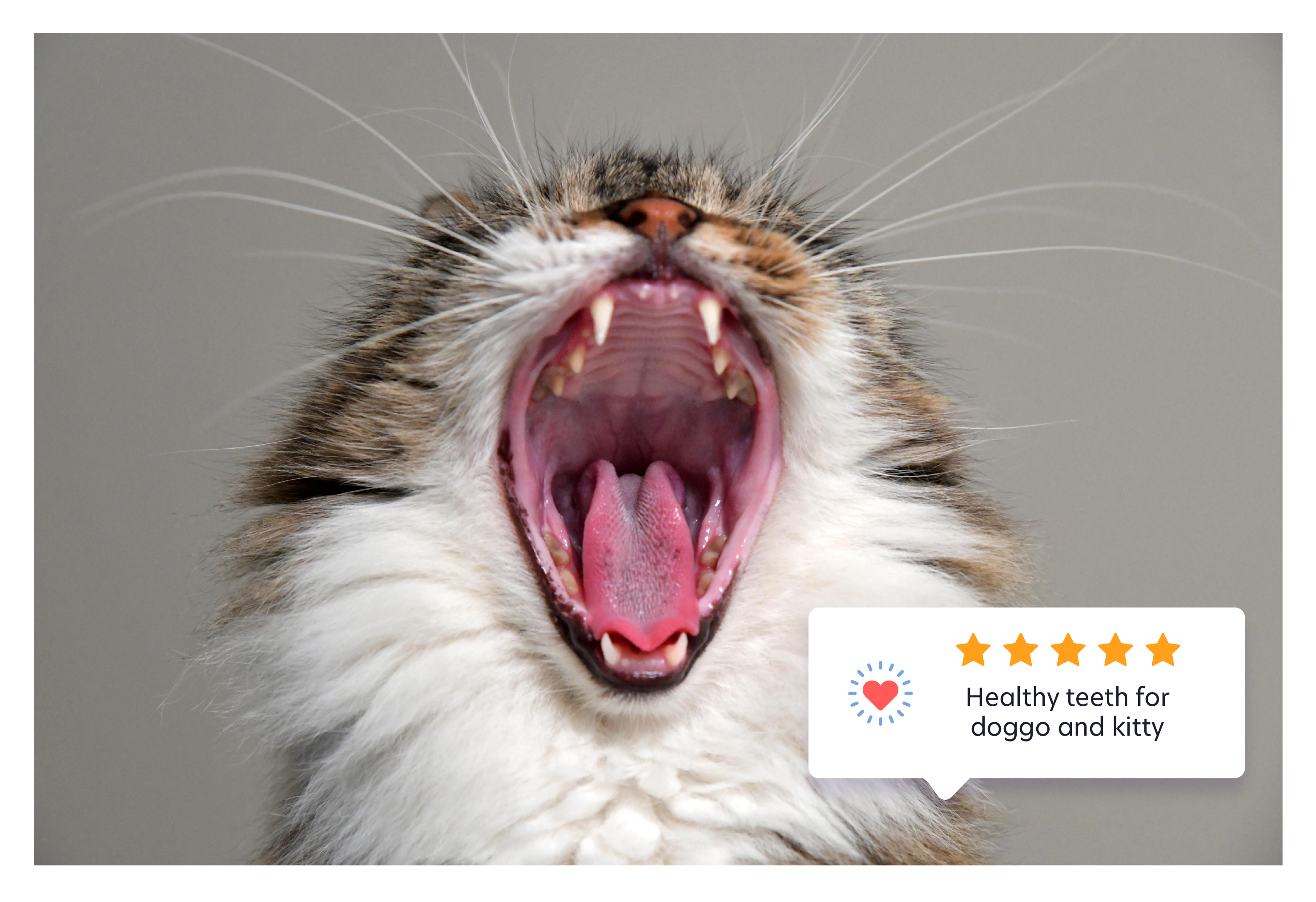

.jpg)

.jpg)
























.jpg)






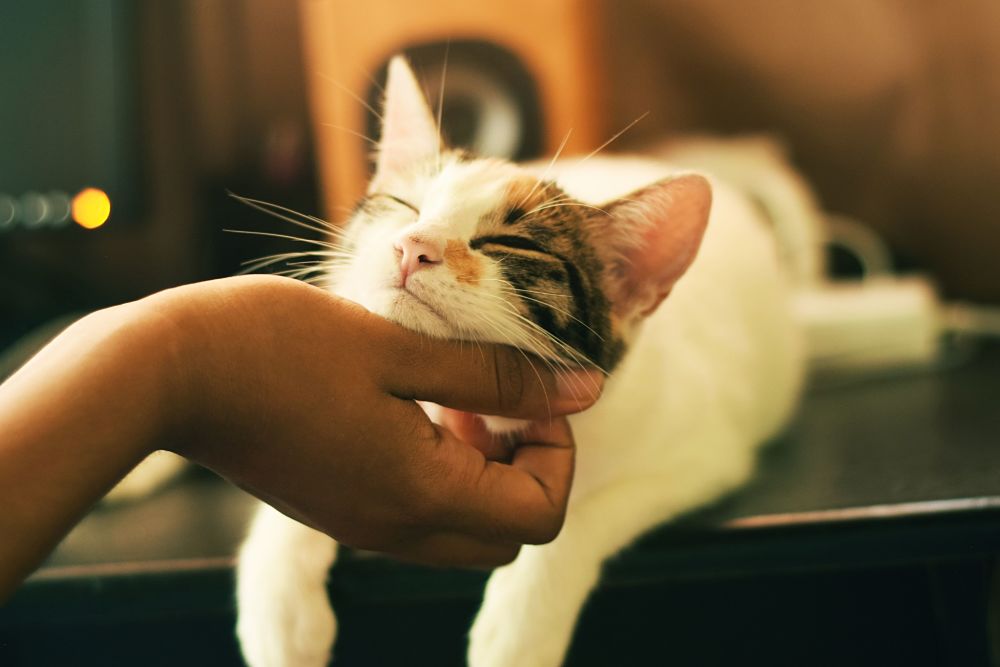




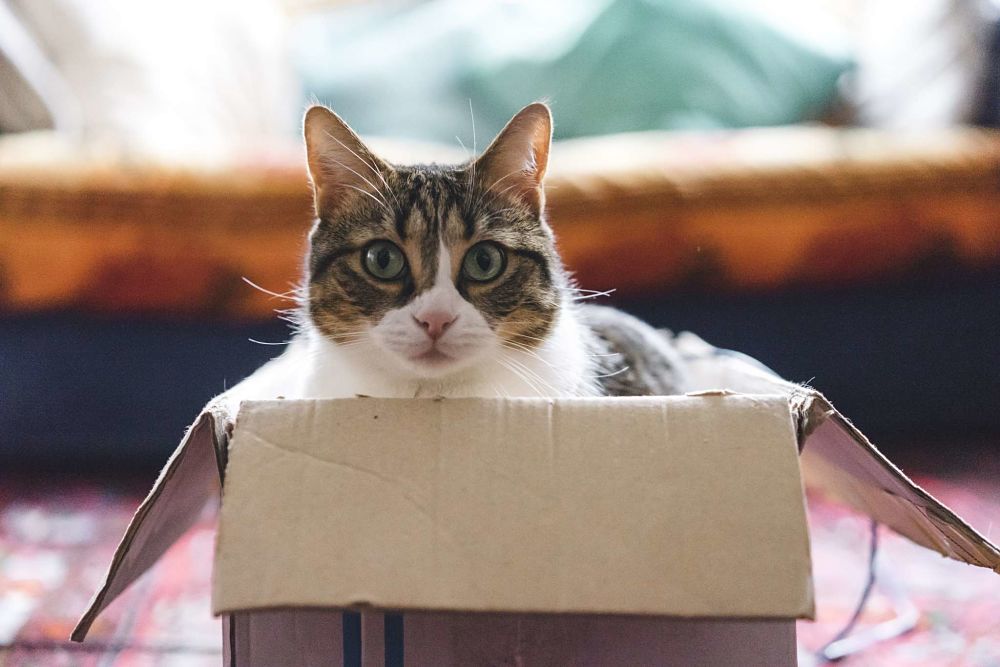








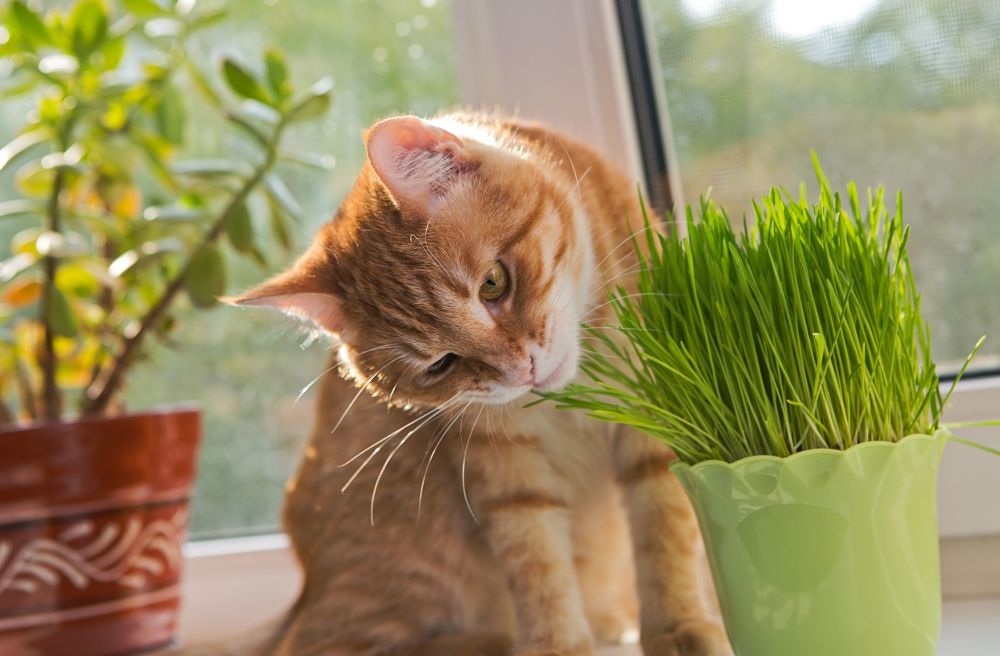













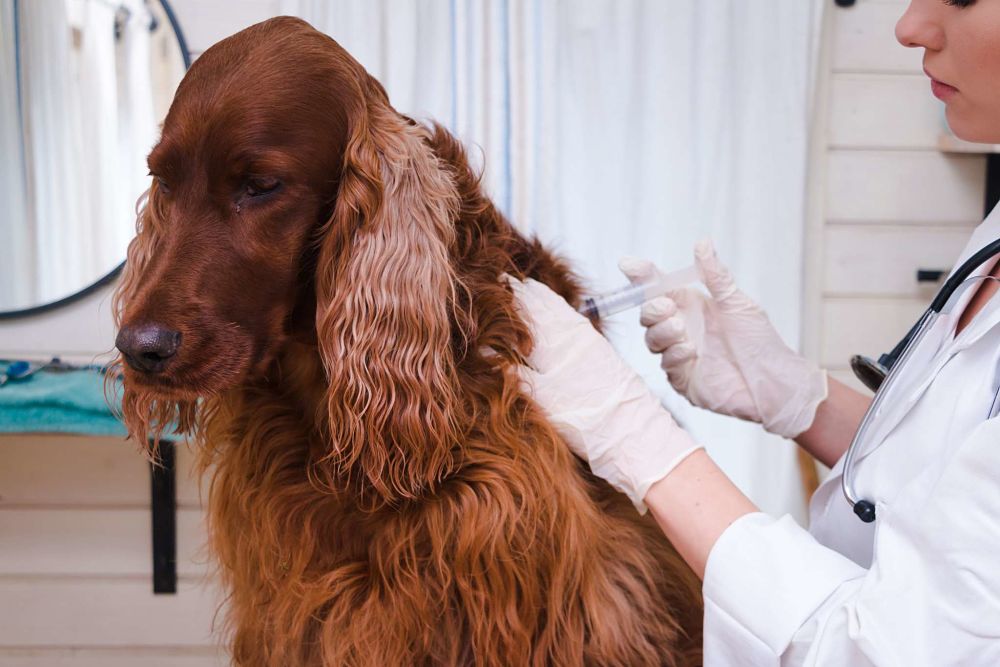




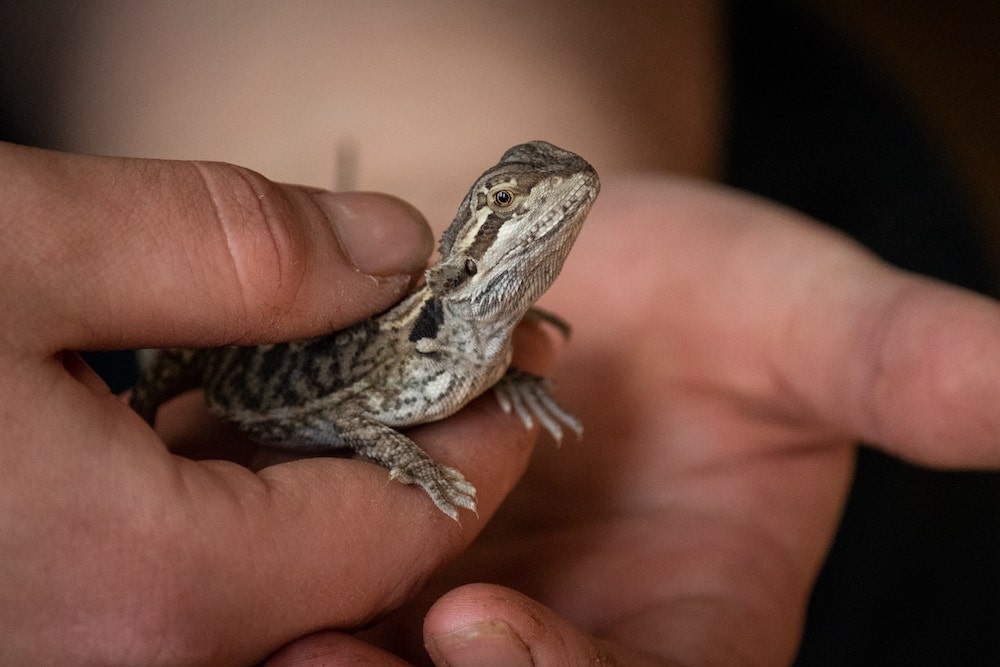












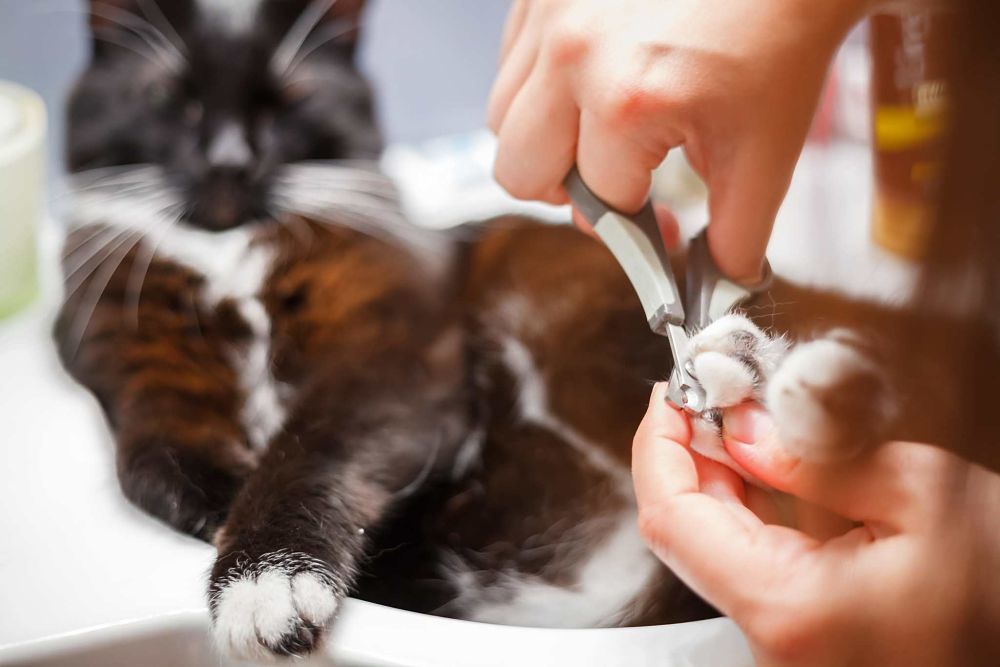
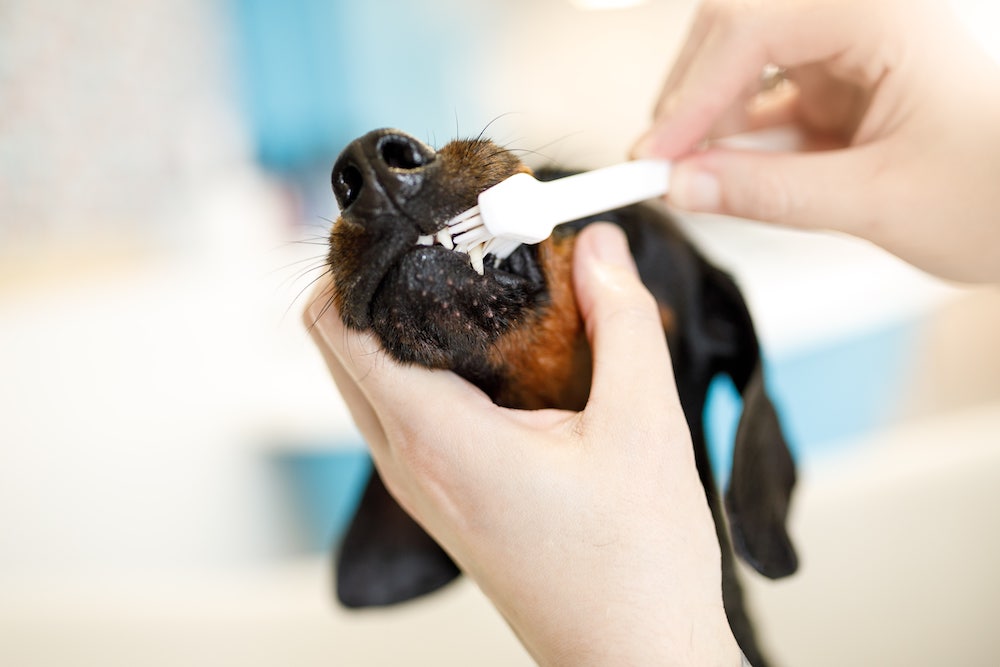

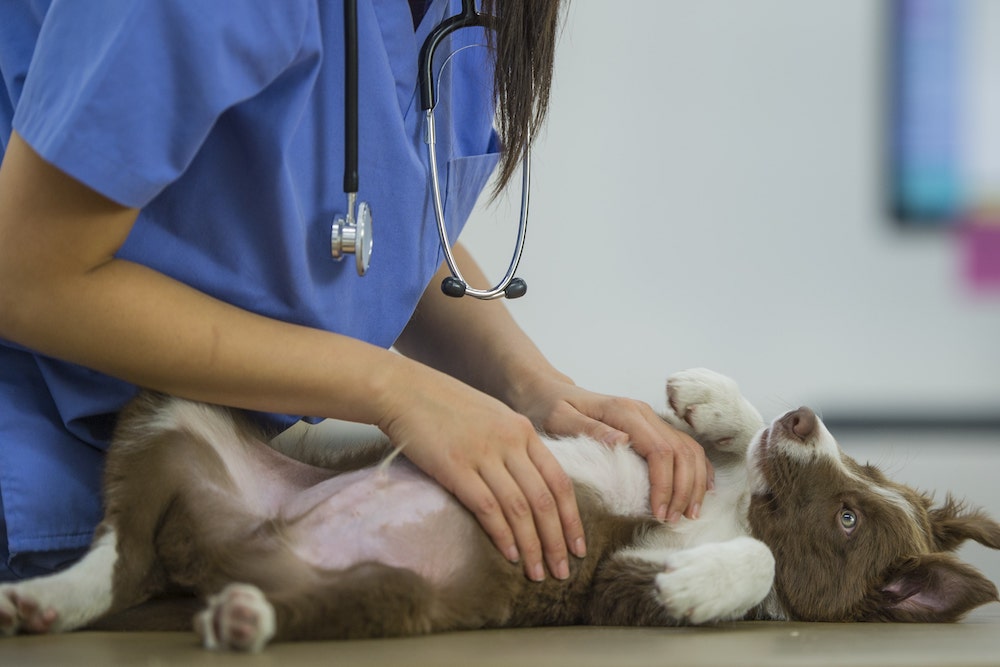
.jpg)






